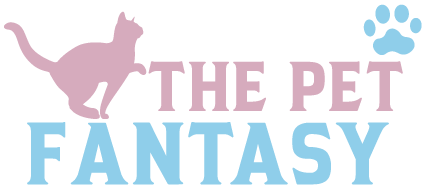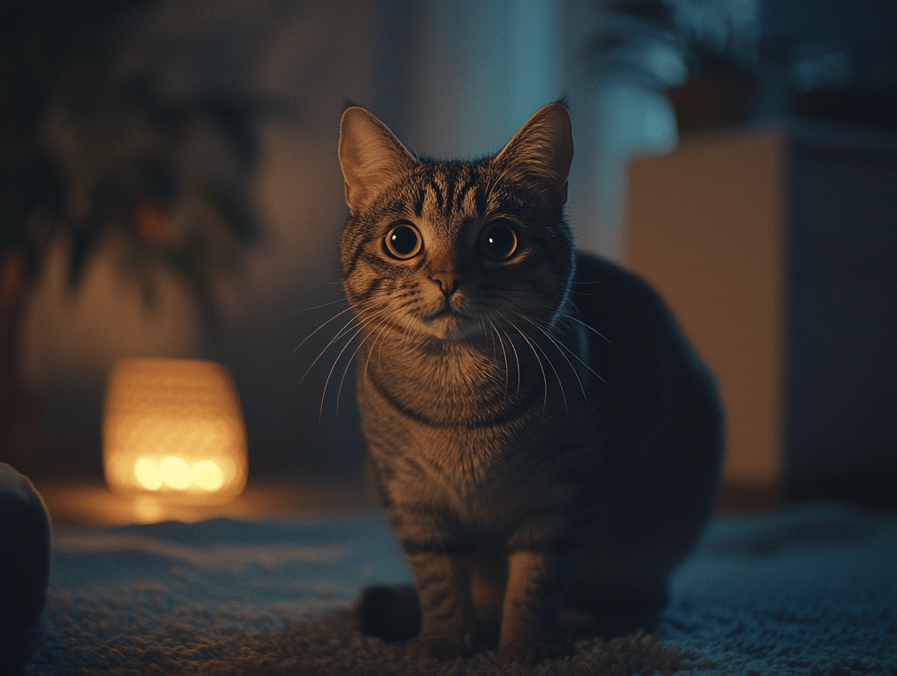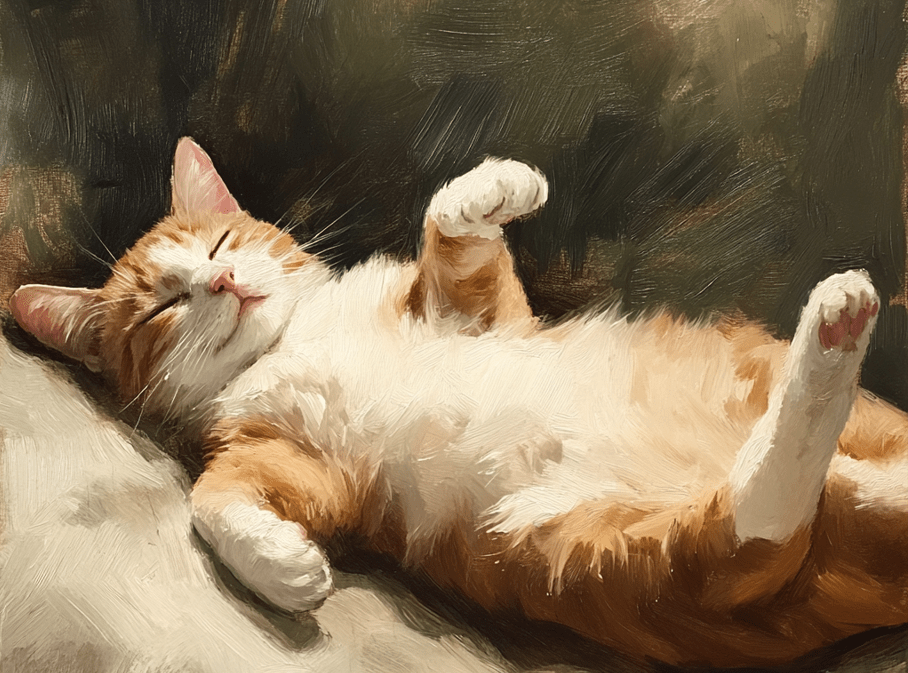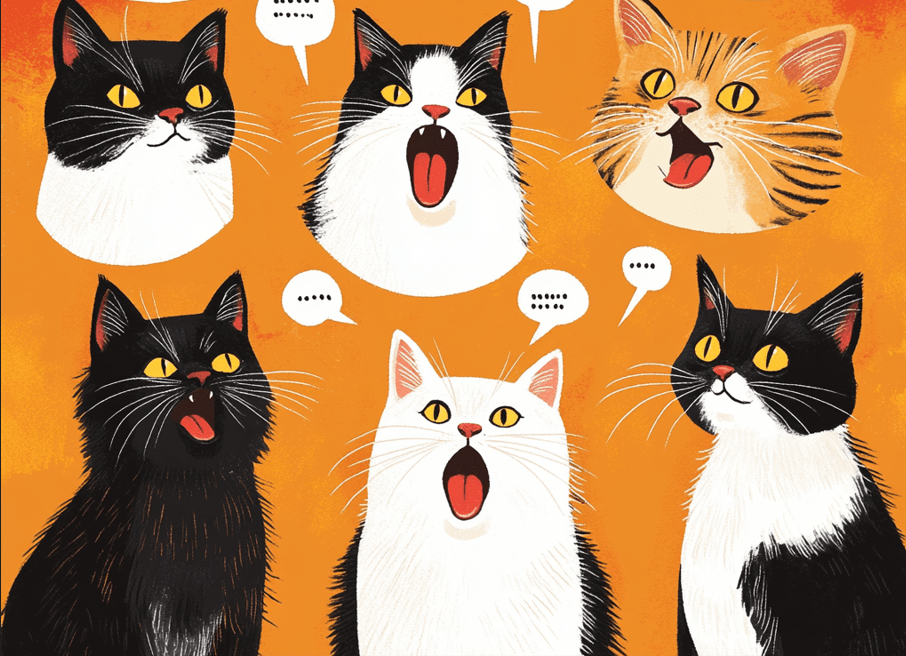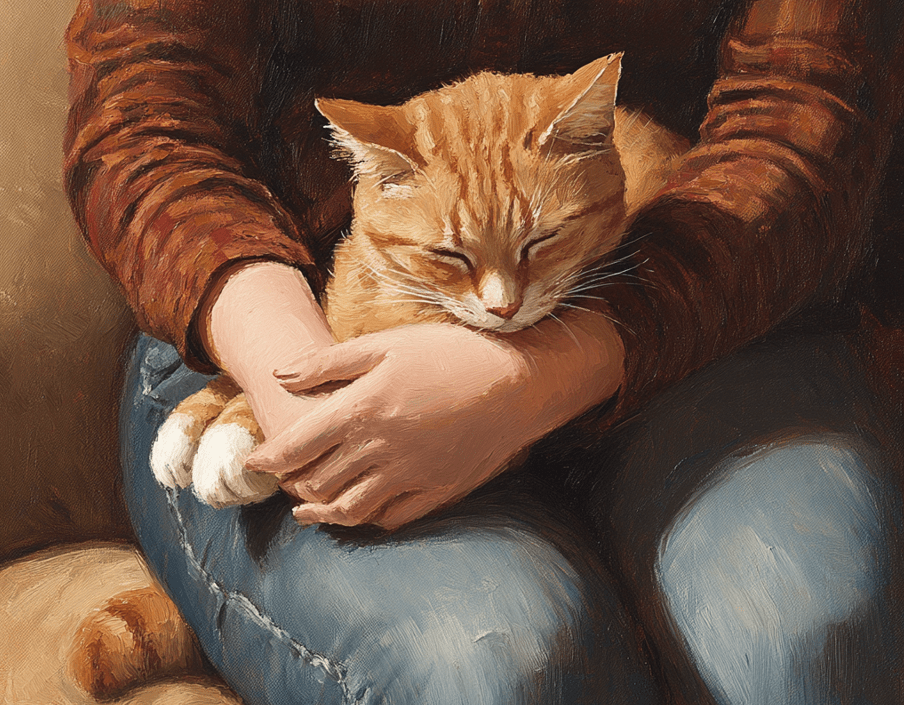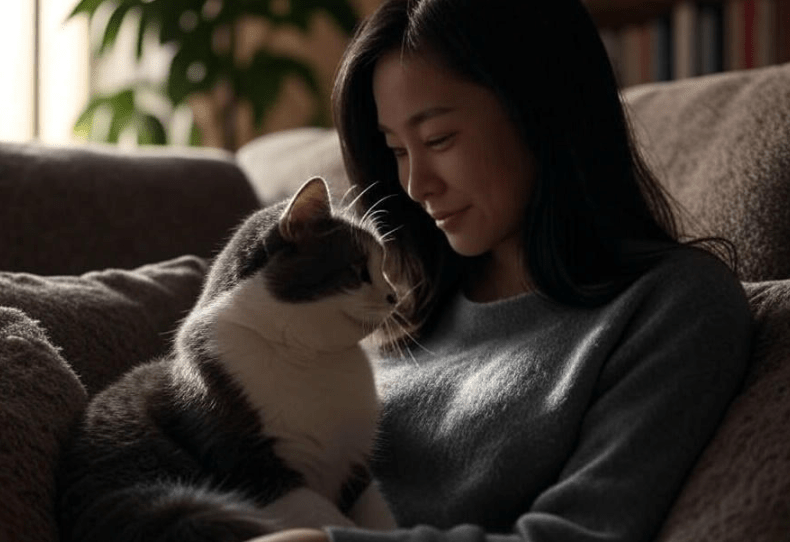
Ever find yourself caught by your cat with its beady stare, not really blinking, or wondering what all those meows really mean? You’re not alone. Millions of cat owners across the globe are intrigued by the inscrutable and nuanced ways cats attempt to “speak” to us. Cat communication with humans, in fact, is a complex layering of sounds, movements, and behaviors. Learning this unique tongue allows you to better connect with your cute canine or cat friend and ensure you are caring for them properly. So, let’s explore the world of whiskers, tail flicks, and low, rumbling purrs to crack what your cat has been trying to say all this time.
A Brief History of Human-Cat Communication

Cats have not always been the cuddly couch potatoes we think they are. Their journey into our homes and hearts began about 9,500 years ago in the Fertile Crescent, where early humans started domestication, mainly due to their rodent-hunting prowess. However, as time passed, cats found a more sociable side and started interacting with humans more directly. In fact, they almost exclusively meow at people no one knows precisely how many cat species speak to each other this way so they’ve likely tweaked their behavior for us.
Cat vocalizations have developed over generations, specific to how they interact with people- a ”language” specifically for humans. Unlike dogs, descended from a pack animal and naturally more communicative with their fellow species and humans, cats had to create an entirely new signaling kit to communicate everything from hunger and love to fear and playfulness. Because understanding how this behavior originated is crucial for interpreting what many of us are used to as modern feline communication.
Vocalizations: The Many Sounds of Cat Speak
Vocalization is one of the more apparent methods that cats use to communicate with humans. The meow may be the best-known sound, but it’s just the tip of the iceberg. Each cat might have its own distinct collection of meows that vary in tone, pitch, and length, some brief and clipped, and others long and languorous. These are often tailored to their owners, forming a custom language. For example, a short meow may say “hello,” while a longer one may say “feed me, now.”
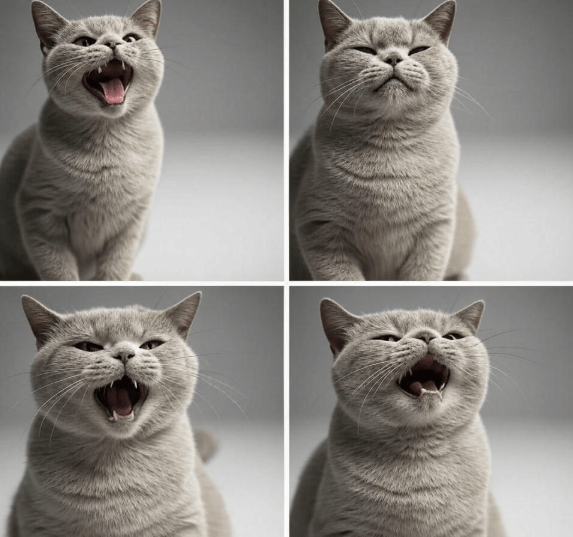
Another common vocalization that’s often misunderstood is purring. Although many veterinarians say people tend to equate purring with happiness, it can also indicate pain or anxiety. If your cat purrs when hiding or avoiding contact, it might not promote happiness it could be self-soothing. Context is everything here. Other sounds hissing, growling, chirping, and even trilling have different meanings. A hiss is an unmistakable warning to keep your distance. At the same time, chirping could indicate excitement, especially if they’re viewing birds from a window.
Suppose you listen closely and are attuned to when and how your cat uses these sounds. In that case, each can reveal a clearer picture of what your cat is trying to communicate.
Body Language: The Silent Signaler
Cats are experts at not being verbal. And many times, their body language says more than their meows. From the tip of a cat’s tail to the twitch of their ears, all parts of their body help express their mood. Let’s start with the tail. An upright and elevated tail typically indicates confidence and approachability. Your cat is saying hello if the tail is straight up with a slight curve in it. While a puffed-out tail, on the other hand, is usually fear or aggression they’re trying to appear bigger and scarier.
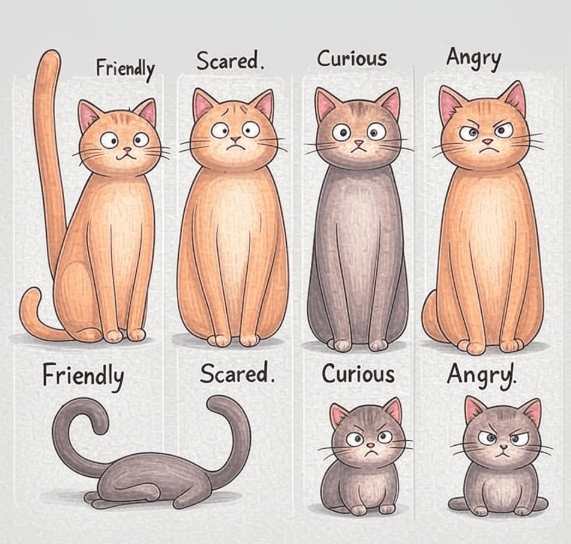
Another tell is the ears. Angled forward ears are comfort or curiosity; pinned down to the sides, fear, aggression or irritation. And then of course the iconic slow blink. If your cat looks at you and then closes its eyes slowly, congrats, you have just been kissed by a cat. This is another sign of trust and affection, moving your hand like this.
Body posture is crucial, too. A relaxed kitty has her feet tucked under her body. Conversely, a tense or hunched posture can reflect stress or trepidation. Reading these physical cues can help you get a better sense of what your cat is going through and how to respond.
Scent And Touch: The Power Of Bringing The World Close
Cats tend to rely on scent to claim territory and communicate in a way we may not realize we understand. They have scent glands on their cheeks, paws, foreheads, and at the base of their tails. Why does your cat rub their face on your legs or your furniture? This behavior, called “bunting,” combines love and territorial marking.
Likewise, kneading when a cat pummels its paws alternatingly on a soft surface is a comforting action from kittenhood. It’s believed to be a reminder of nursing and is generally paired with purring. This usually indicates that your cat is incredibly comfortable and safe.
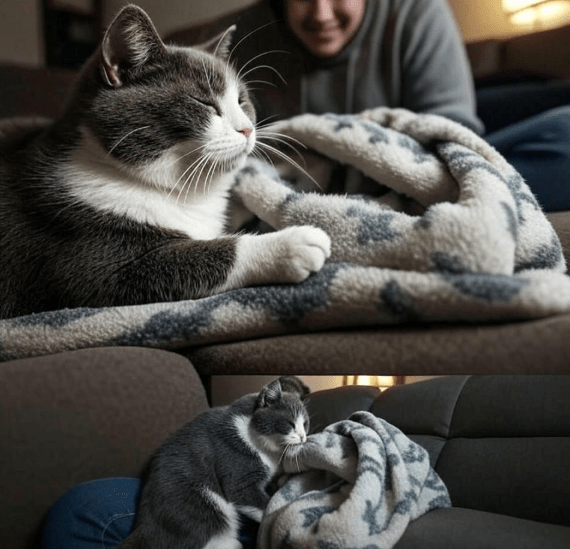
In a multi-cat home, scent is a significant way cats identify and accept one another. Another sign of trust and bonding is if they groom one another (or even you). These tactile and scent-based forms of communication are some of the most subtle yet potent ways your cat communicates with you.
Research on Animals: Play Behavior and Emotional Expression
Playtime is fun, and games allow your cat to communicate and release its instincts. Whether chasing a feather toy or striking a laser pointer, they exhibit predatory instincts. Play is also a temple in common, a bonding activity between cats and their humans. When your cat presents you with a toy (or, on rare occasions, an unwillingly dead mouse), it’s a gesture that mirrors how they would care for their young or pack.
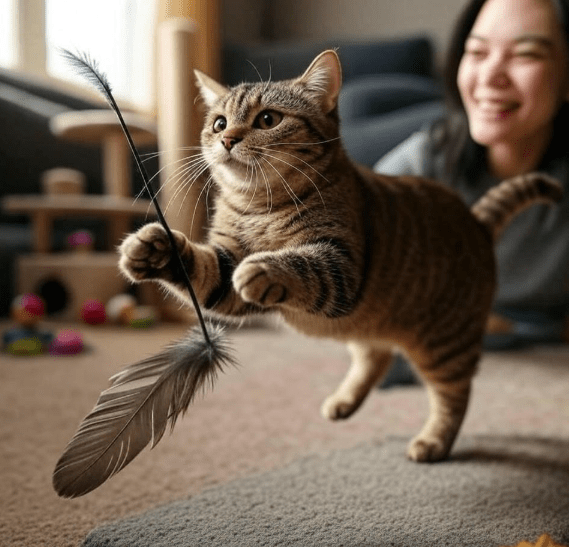
Knowing your cat’s play style can also explain her personality and mood. Some cats like to play independently, while others want to play with you. Overstimulation, however, can lead to biting or scratching in play. But if your cat pounces on or chomps you in the middle of petting or play, it is usually an indication that your feline is becoming overstimulated and that it’s time for a break.
Establishing healthy play routines and knowing your cat’s limits will not only build your general bond but also protect their mental well-being.
The Geography of Meaning: Mapping Space and Time
Context is everything, and that’s one of the most complicated things about interpreting the kitty communication to us humans. A purr that sounds euphoric in one instance might indicate distress in another. The same meow that expresses hunger in the morning may be used to demand attention in the afternoon. This is why it is so important to look at the big picture of vocal tone, body language, environmental triggers, and past interactions.
If your cat is pacing next to her food bowl, mewing, the message is clear: It’s time to eat. If they’re meowing in the wee hours while sitting at your window, it might be boredom, loneliness or the sight of a wandering creature. Paying attention to these patterns enables you to address them with appropriate responses and avoid miscommunication.
Another factor to take into account is routine. Cats hate change; we are creatures of habit, and any alteration in their daily routine can alter their behavior. An ordinarily quiet cat that suddenly starts meowing may be responding to stress or illness. Likewise, a playful cat that hides or resists contact could feel unwell. And if you have any doubts about a behavior, always consult your vet.
Seven Ways to Communicate Better with Your Cat.
If you’ve ever wanted to speak “cat,” you’re in luck there are many ways to become fluent in feline. Read the room before anything else and by the room, I mean your cat. Each cat has its own character, and you can’t expect how he/she expresses themselves. Understanding emotional cues is a journey that starts with understanding their patterns and choices.
Reward good communication behavior. If your cat requests food or attention with a certain meow, you should recognize and respond to it consistently. Knowing that their message was received builds trust.
Structured play sessions play a massive role in mentally and physically stimulating your cat. Make it a low-stress space with warm hiding places, perches, and scratching posts. Most importantly, be patient. As with any relationship, building an understanding takes time and work.
Slow-blink back when your cat slow-blinks at you. Enjoy that moment when they chest or wrap her (the truly high bond). When they butt your hand with their heads, that’s a hug in their book. The better you listen to their language, the better you connect.
Final thoughts
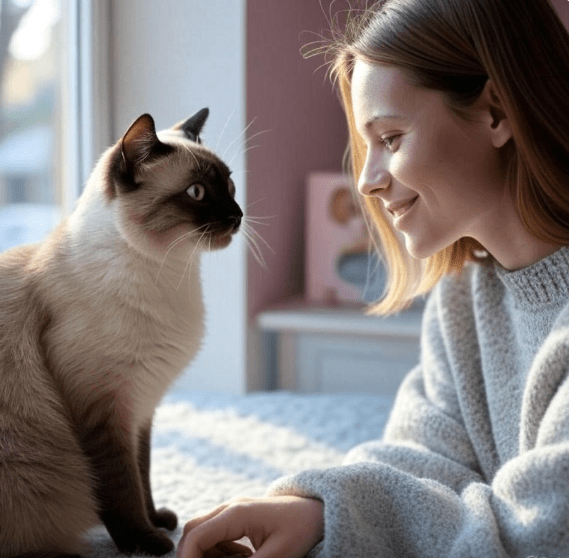
Chiming in with their thoughts on the delicate dance of how cats communicate with humans is their understanding of whether or not they even recognize the humans they have come into contact with. Knowing how to interpret your cat’s communication style will bring you closer to it and provide a better living space for it to flourish. Every gesture has significance: a gentle purr, a tail flick, and a knee nestled against your lap. And once you start understanding what they say, it will reveal more trust, empathy, and respect.
